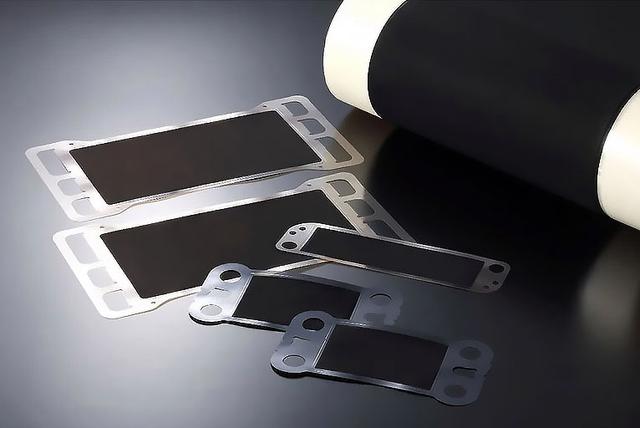Ion-exchange membrane electrodes are a special type of electrochemical electrode that combines an ion exchange membrane (IEM) with electrode materials, possessing dual functions of ion conduction and electron conduction. Compared to traditional electrodes, ion-exchange membrane electrodes have significant advantages in ion transfer and reactivity, and they are widely used in the fields of energy conversion and storage. The following will provide a detailed introduction to the principles and applications of ion-exchange membrane electrodes.

The structure and composition of the ion-exchange membrane electrode: The ion-exchange membrane electrode is composed of three main parts: The ion exchange membrane, the catalyst layer, and the conductive support layer.
Ion Exchange Membrane (IEM): The ion exchange membrane is the key component of the ion-exchange membrane electrode, known for its good ion selectivity and conductivity. Polymer-based materials are commonly chosen for the ion exchange membrane, such as polytetrafluoroethylene (PTFE)/Nafion membranes. The main function of the ion exchange membrane is to separate the anode and cathode, allowing ions (usually protons or metal ions) to pass through.
Catalyst Layer: The catalyst layer is located on both sides of the ion exchange membrane and typically contains a catalyst and conductive additives. The catalyst is a key ingredient that enhances the rate of reaction, with common catalysts being precious metals such as platinum (Pt), which facilitate electron transfer and ion transport during oxidation and reduction reactions. Conductive additives commonly used include carbon black and conductive polymers, which provide electron conduction pathways and increase the conductivity of the catalyst layer.
Conductive Support Layer: The conductive support layer is usually located beneath the catalyst layer and serves as a layer of electron conductor and structural support. Made of conductive materials such as carbon paper or carbon cloth, this layer provides an electron conduction pathway and strengthens the mechanical stability of the entire electrode.
Working Principle of the Ion-Exchange Membrane Electrode: The working principle of the ion-exchange membrane electrode is based on ion transfer and electrochemical reactions. When an external circuit is connected to the ion-exchange membrane electrode, a potential difference is formed between the positive (anode) and negative (cathode) electrodes. In a fuel cell, fuel (such as hydrogen) enters the anode side, undergoes an oxidation reaction to produce electrons and anodic ions (usually protons). Electrons flow through the external circuit, forming an electric current that can power external loads. Meanwhile, oxygen on the cathode side combines with electrons and anodic ions to form water.
Application of Ion-Exchange Membrane Electrodes: One of the main applications of ion-exchange membrane electrodes is in the field of fuel cells. Fuel cells utilize ion-exchange membrane electrodes to conduct oxidation-reduction reactions between fuel (such as hydrogen) and oxygen, generating electrical energy. Ion-exchange membrane electrodes play an important role in fuel cells, achieving high efficiency in ion transfer and electron conduction.
Furthermore, ion-exchange membrane electrodes are widely used in other energy conversion and storage fields. For example, they can be used in water electrolysis for hydrogen production, where water is decomposed into oxygen and hydrogen during the electrolysis process. Ion-exchange membrane electrodes can also be used in energy storage devices such as electrochemical supercapacitors and lithium-ion batteries, improving the energy storage performance of electric vehicles and renewable energy sources.
In summary: The ion-exchange membrane electrode is a special electrode structure with the capabilities of ion conduction and electron conduction. Through the combination of the ion exchange membrane, the catalyst layer, and the conductive support layer, the ion-exchange membrane electrode achieves efficient transformation of ion transfer and electrochemical reactions. It has a broad application prospect in the fields of fuel cells and energy storage, making a significant contribution to the development of clean energy technology.
Post time:2024-06-14





